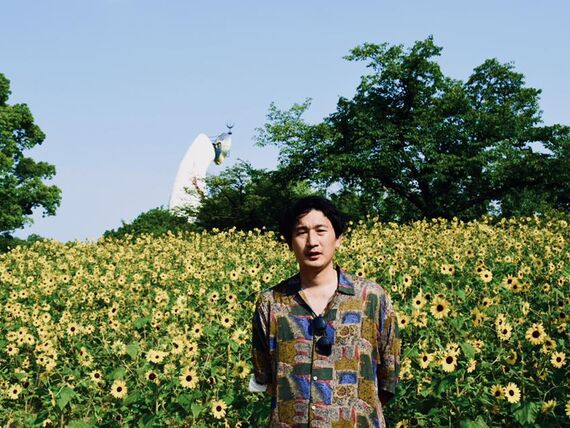‘Critical’ $215m project to tackle Cairns’ looming water shortage
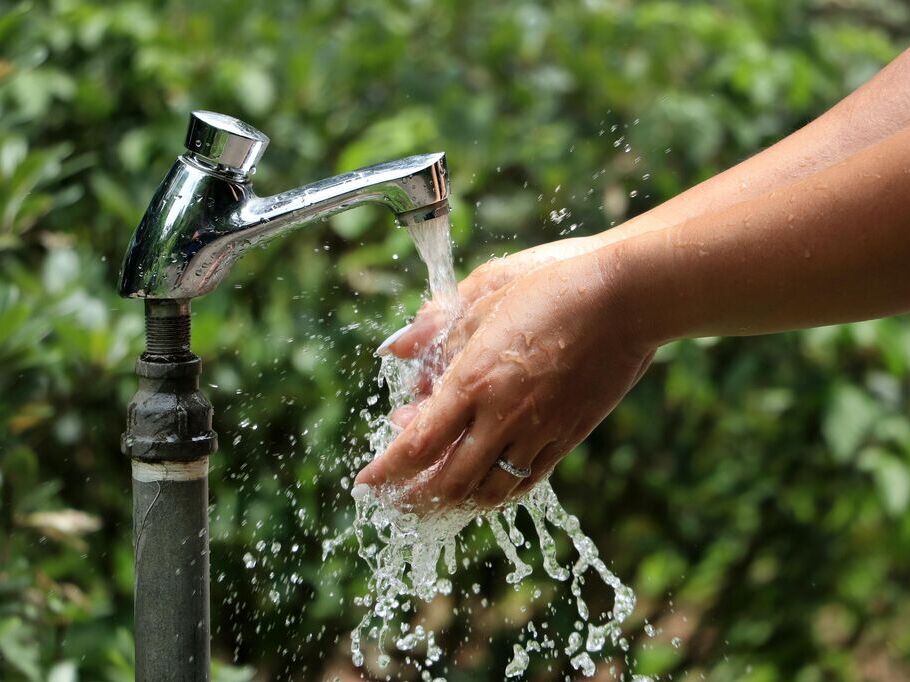
An alarming forecast that Cairns’ growing population will outstrip the city’s water supply within just five years has been raised by council officers – along with an ambitious plan to tackle the issue.
Cairns Regional Council (CRC) is calling on the Federal and Queensland governments to commit $215 million towards a major project to source additional water from the Mulgrave River.
Councillors voted this morning for the project – which is by far the Council’s single largest capital works initiative over the next decade – to become CRC’s top advocacy priority.
##BA##
Over 80 per cent of ratepayers’ water is sourced from the 38,400 megalitre Copperlode Falls Dam.
A run of river supply from Behana Creek forms a secondary source, which is treated at the Tunnel Hill treatment plant in Brinsmead – the Council’s only full-service facility to treat water.
Copperlode Falls Dam was established in 1976 when the Cairns population was 58,000.
Since then, the region has grown significantly with the service population (residents and visitors) now approaching 200,000 people.
CRC officers say the $215 million project is needed to avoid “potentially catastrophic ramifications”.
“Taking into account predicted population growth for Cairns and ongoing demand management initiatives, Cairns’ demand for urban water is expected to exceed existing supply capacity by 2026,” council documents read.
“This does not mean Cairns will ‘run out of water’ on this date, but it does mean the risk of water demand exceeding supply reaches unacceptable levels.
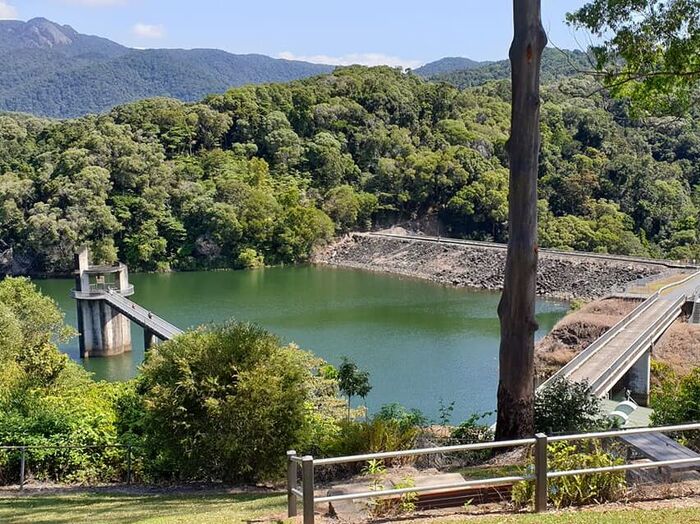
##PQ##
“Clear and decisive action is required.”
Stage 1 of the project would see the construction of a run of river supply from the Mulgrave River, with plans to secure a licence for 15,000 megalitres.
CRC is also seeking to build a new water treatment facility at Mt Peter, resulting in a greater capacity to treat water from both Mulgrave River and Behana Creek.
The new infrastructure is expected to support the forecasted population growth until 2033.
Beyond that, additional funding would be required to complete the project’s second stage of increasing the Mulgrave River catchment.
Construction will be undertaken over two years to the end of June 2026, supporting an estimated 630 full-time equivalent jobs.
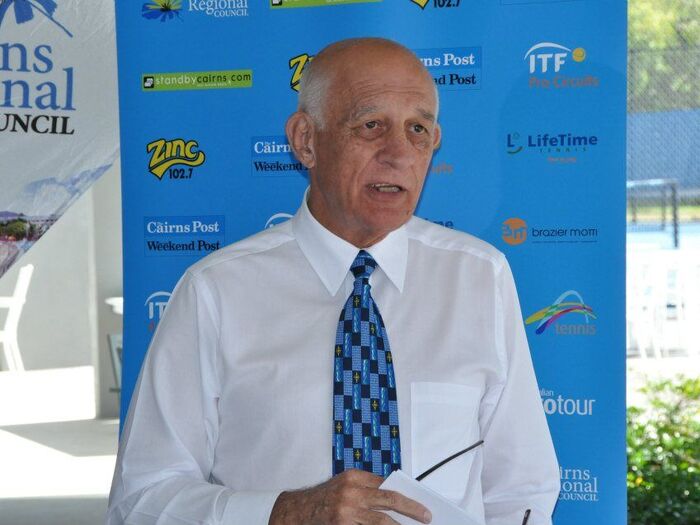
Cairns Mayor Bob Manning said the $215 million project would critically expand the city’s water network, improve resilience and support continued economic growth.
“Securing and expanding our city’s water supply is critical for our future, which is why Council has made this our number one priority,” Cr Manning said.
“Failing to act would stifle our city’s economic growth and deny the next generation the opportunities and prosperity we have all enjoyed.
“With all the rain we have received recently it may seem strange to talk about the need to boost our water supply, but with the relatively small capacity of Copperlode Dam, all that rainfall has already drained away.
##PQ2##
“Importantly, this project delivers a supply like a dam, but it is significantly cheaper and has a lighter environmental footprint.”
Ratepayers would be left to foot the project’s $215 million cost if external funding isn’t secured, though CRC officers say the proposal’s in line with other government-funded water security projects, including Rockhampton’s Rookwood Weir and Townsville’s Haughton Pipeline.
There are also concerns over an ongoing reliance on the Tunnel Hill water treatment plant, with no alternatives or adequate contingency plans currently in place.
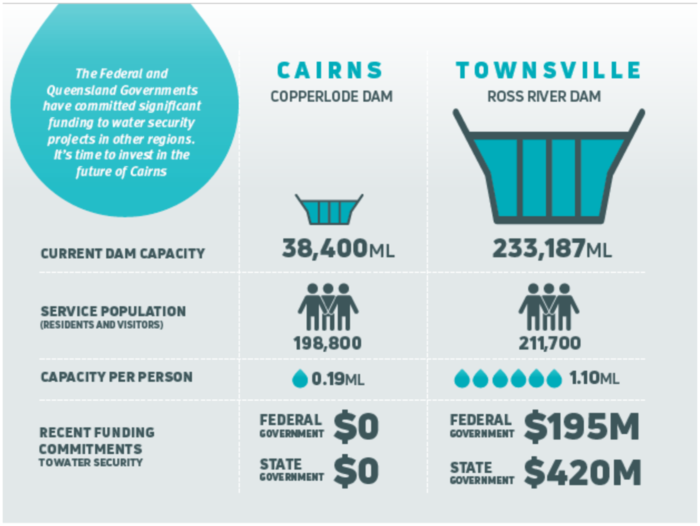
Council is also aiming to significantly reduce the city's use of water through effective metering and pricing, public campaigns, active leak management, water conservation incentives for commercial customers, and increased use of recycled water for irrigation of public properties.
“These initiatives have already delivered real results for Cairns with a 42% reduction in per capita water use over the past 15 years,” council documents read.
“Whilst demand management initiatives will be ongoing, they will no longer be sufficient to meet the water needs of a growing population and economy.”
On a per residential property basis, Cairns already uses almost a third less water than Townsville and Darwin, according to CRC research.
A number of the region’s leading advocacy groups are backing the project, including Advance Cairns, Cairns Chamber of Commerce and Tourism Tropical North Queensland.







